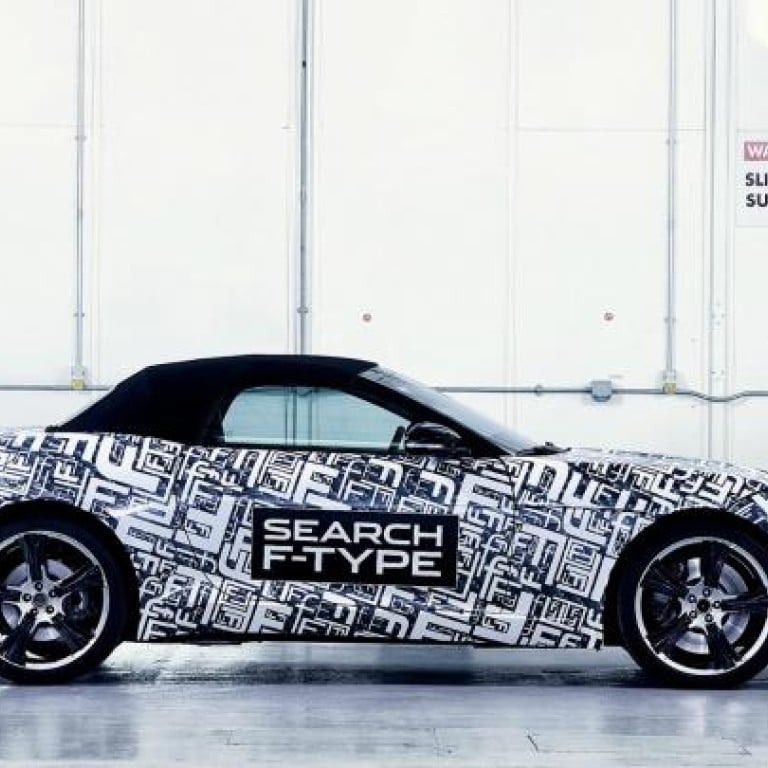Luxury carmakers look to the past for design inspiration as retro enjoys a revival

A small number of so-called retro cars have appeared on the roads in recent years in large numbers
Retro car is probably a misnomer: they may have links to the original in terms of either its manufacturer, or because it resembles a long-lost cousin; however, it is usually based on a model already within the carmaker's line-up. Nevertheless, the attraction is indisputable. A small number of so-called retro cars have appeared on the roads in recent years in large numbers.
The first leaning towards a retro model was probably the Volkswagen Beetle, introduced at the Detroit motor show in 1998. Based on a Volkswagen Golf platform, the new Beetle had little in common with its pre-war ancestor, of which more than 22 million have been produced over the years.
The original was designed by Ferdinand Porsche on the instructions of Adolf Hitler. Its name was initially Kraft-durch-Freude-wagen, or "Strength through Joy" car. This cumbersome title was eventually changed to Volkswagen, meaning "people's car" in German.
The 1998 version of the Beetle, which was initially built in Mexico at Volkswagen's Puebla facility, lacked power and charisma, and it was also relatively expensive in this segment, initially being launched in America at around US$16,000. However, Volkswagen persevered and the car was a reasonable sales success, particularly on the West Coast in California, where a loyal following developed among owners. Probably the worst thought out so-called retro car was the Dodge PT Cruiser, of which there are a few personal imports in Hong Kong. Not modelled on anything in particular, it was supposed to be a car of the sixties - the "flower-power" era. Underneath the exterior was a Chrysler Neon, one of the least effective small sedans of its day.
MINI
When BMW decided to dispose of Rover in 2000, the British car company it had unwisely purchased in March 1994, the Munich concern decided to keep the Mini brand and announced its successor, the MINI (now in capital letters). BMW moved production to Cowley, Oxford and engaged talented American stylist Frank Stephenson to design it. Stephenson has worked for Fiat, Alfa Romeo, Ferrari and McLaren; however, it is his MINI that has won a number of styling awards.
As with the original Alec Issigonisdesigned Mini launched in 1959, the new model was front-wheel drive, with a transverse four-cylinder engine. Unlike Issigonis' Mini, the new MINI boasted such luxuries as electric windows on some versions, a decent pair of seats in the front and four doors. It even had a radio as standard; Issigonis abhorred radios, saying they were a safety distraction.
The first new MINI had a 1.4 litre engine built in Brazil but later MINIs and MINI Coopers received a 1.6-litre motor built at BMW's Hams Hall plant in central England.
Various MINI models have followed, including a Cabriolet launched in 2005, the MINI Countryman (built in Austria by Magna Steyr) in 2011 and this year, a MINI Coupé.
BMW's British MINI manufacturing facility is working flat out to produce enough vehicles, such is the demand for the little retro machine.